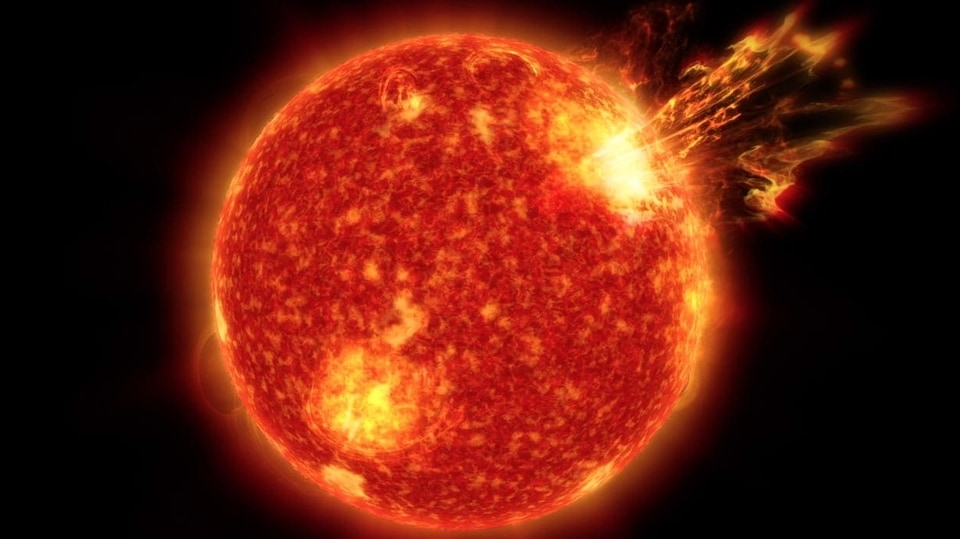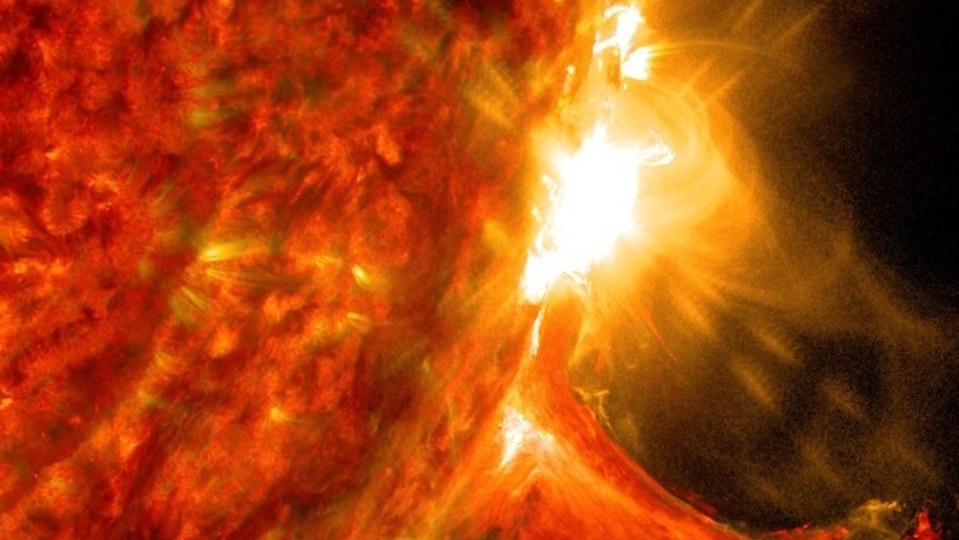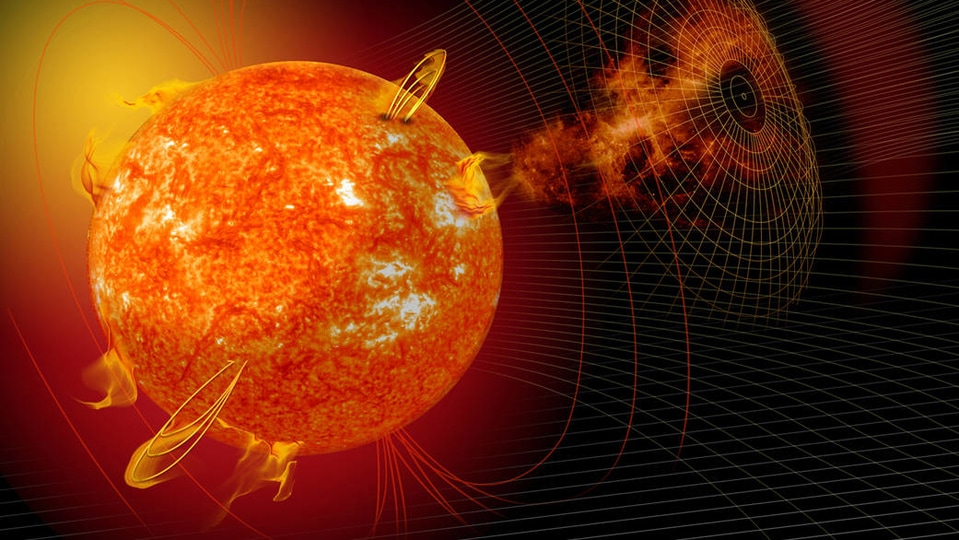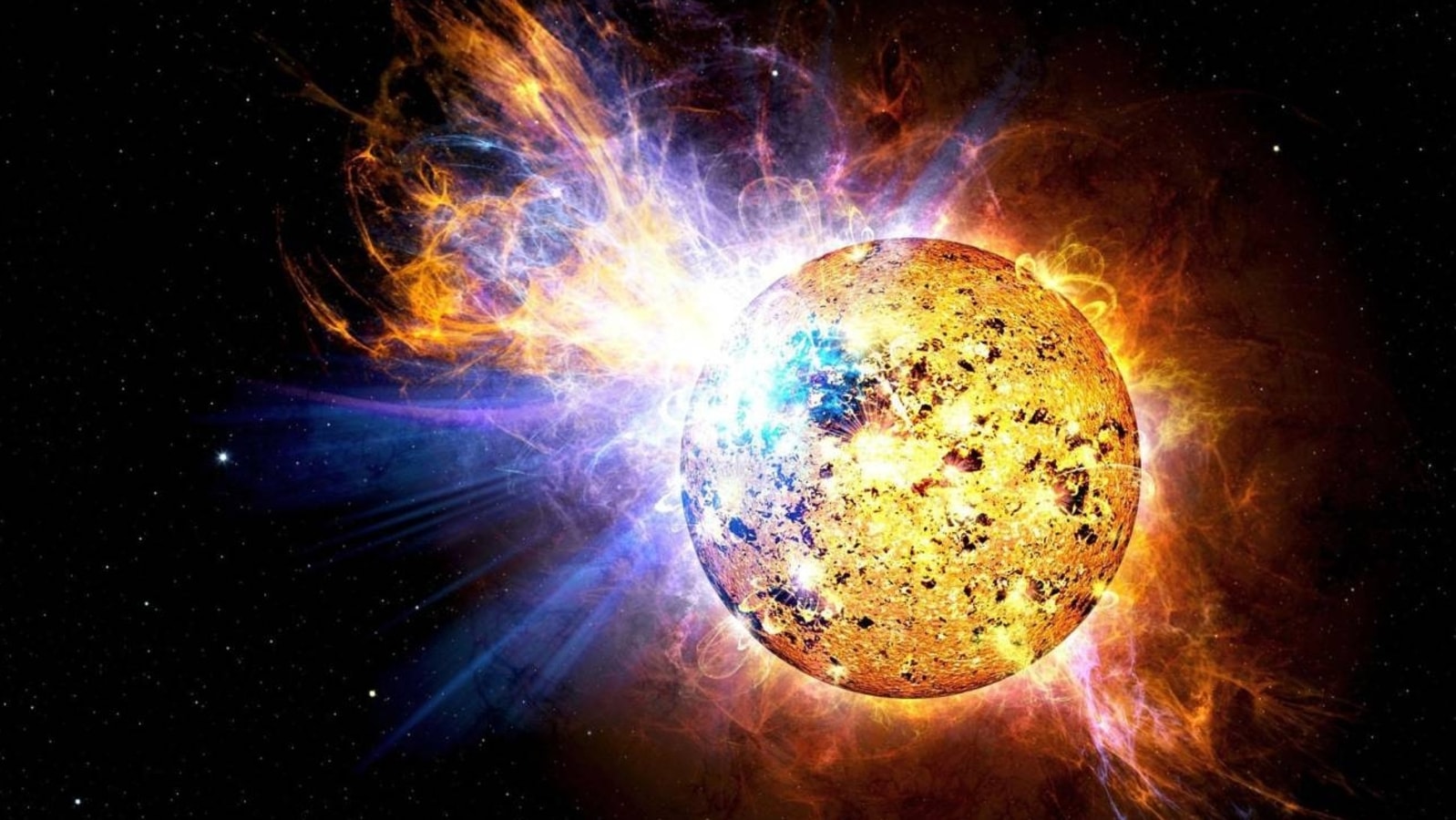TERRIFYING farside explosion on the Sun sparks solar storm fears on Earth
Astronomers have confirmed that a giant sunspot has exploded on the farside of the Sun. The sunspot will face the Earth in the next 48 hours. It can spell a solar storm on Earth soon.




_1639373804152_1639373815879.jpg)

 View all Images
View all ImagesAfter a chaotic first half of the month, solar storms appear to have subsided for now. Since the beginning of this week, the Earth has not witnessed any solar storm activity. However, this period of peace could be short-lived as yet another threat is heading towards the Earth. In the late hours of January 26, astronomers spotted a farside explosion. It is believed that the explosion was caused by a highly unstable sunspot. And that sunspot will soon be facing the Earth. If another explosion takes place then, the Earth will suffer a terrifying solar storm attack.
The incident was reported by SpaceWeather.com which noted on its website, “A partial halo CME that billowed over the sun's eastern limb earlier today may herald the approach of an active sunspot. Indeed, helioseismic echoes reveal a farside active region only 1 to 2 days behind the limb”.
Earth can soon suffer a solar storm attack
Not all sunspot explosions (also known as solar flare eruptions) are dangerous. But this particular eruption released a lot of coronal mass ejection particles which is a sign that the eruption was so large, the mass on the surface of the Sun was sprayed in space. If this explosion took place when the sunspot faced the Earth, it would have caused a G5-class solar storm.
A solar storm that strong can damage satellites, impact mobile networks and internet connectivity as well as cause power grid failure. Although, healthwise, humans will not be directly impacted by the radiation, the disruptions to emergency services and power outages at places of high importance like hospitals, can still cause a high number of deaths. The last time we suffered such a solar storm was in 1859 in an event which is now known as the Carrington event.
NASA Solar Dynamic Observatory's role in predicting solar storms
The NASA Solar Dynamics Observatory (SDO) uses a range of instruments to observe solar storms and other activity on the sun. These instruments include the Atmospheric Imaging Assembly (AIA), which captures images of the sun in different wavelengths of light to study its atmosphere; the Helioseismic and Magnetic Imager (HMI), which measures the sun's magnetic field and oscillations to study its interior; and the Extreme Ultraviolet Variability Experiment (EVE), which measures the sun's ultraviolet radiation output. Together, these instruments provide a comprehensive view of solar activity and allow scientists to better understand and predict solar storms.
Catch all the Latest Tech News, Mobile News, Laptop News, Gaming news, Wearables News , How To News, also keep up with us on Whatsapp channel,Twitter, Facebook, Google News, and Instagram. For our latest videos, subscribe to our YouTube channel.




























